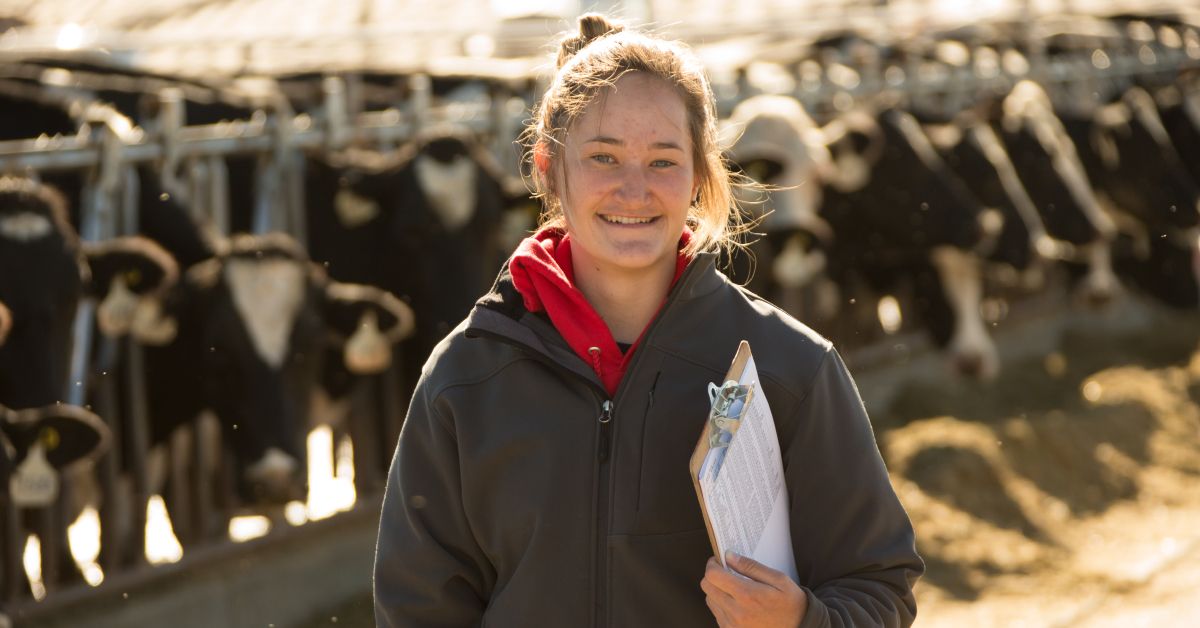Tips on Making a Smooth and Successful Farm Transition
According to the 2012 USDA Census of Agriculture, the average American principal farmer is 58 years old. In fact, more than 60 percent of farmers in our country are 55 years or older. Since more than 87% of farms are family owned, farm transition planning is an important topic.
It’s a topic that agriculture families across the United States are facing as current farmers age and the younger generation prepares to take over. However, it can be a tough process to start, as it brings up sensitive issues such as retirement and aging. Two key steps can help make the transition planning process easier: describing the assets and management control.
- Describe the Assets. Describe all assets involved and the appropriate way to move those assets. This tends to be a much easier conversation because the transfer of who owns what is fairly simple.
- A more difficult discussion will be how the inheritance tax will impact this movement of assets. The inheritance tax, or estate tax, can take upwards of 40% of the asset. Land-grant universities all over the country hold seminars throughout the year to help families understand the implications such taxes could have on the family farm.
- Management Control. The management transition affects not only the successor and retiree, but also key employees and family members adjusting to new management.
- Employees need time to feel comfortable with a new leader and the successor needs time to cultivate existing relationships while building new connections.
- Current leaders can supervise the successor’s development by gradually increasing responsibilities. This is also a good time for current leaders to complete a will or develop a trust (if they haven’t done so already).
Continuing the Legacy
Transition planning can never be started too early. It allows families to assess their current situation, develop future goals and prepare an action plan for success. Family dynamics, managerial styles and physical resources can all play a role in each family’s planning process.
In addition to goal planning and establishing roles for the transition, it is also important to evaluate farm assets and how supplies and/or equipment purchases will be handled in the future. With that in mind, a good first step for current leaders and successors might be to schedule an appointment with their local Cat® dealer. When it comes to equipment, the transition can be a smooth one with consistent service, support and product knowledge.

